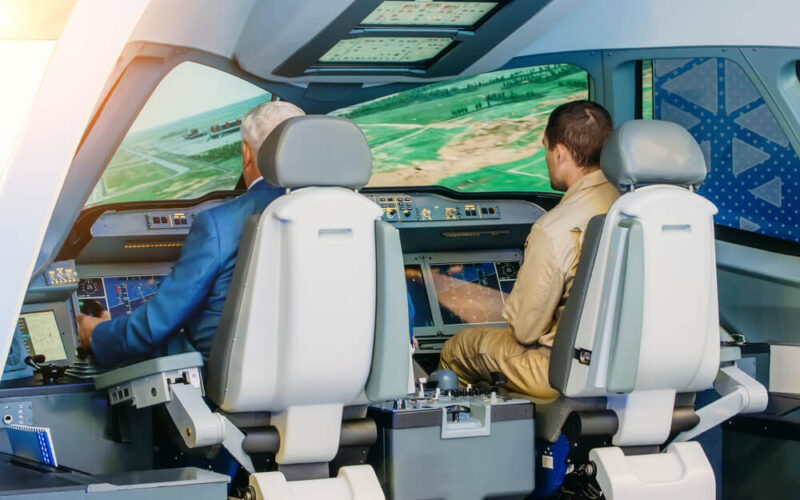A career flying big metal birds in the sky is something that a lot of people have dreamed about. After all, being a pilot is a great opportunity to travel the world and see the earth’s roundness (shout out to the flat earth society) from a different angle on a daily basis. Yet behind the romance of the profession lurks a big shadow… or rather a very big expenses check to achieve the career of your dreams.
And one of the most expensive things on the check is the type rating: multiple flight schools around Europe indicate that the price for a Boeing 737 type rating is between $17,000 and $37,000 so that a pilot could fly the narrow-body after acquiring the certificate.
A driver’s license
The simplest analogy to a pilot type rating is, of course, the driver license. A type rating would allow a person to fly that type of an aircraft, just like a driver’s license allows to drive a basic hatchback or sedan: yet if a driver wanted to drive a truck, he or she would need to improve their qualifications per se. For example, in Europe, truck drivers need to have a valid driver’s license for a year before they can hop onto driving trucks.
Similarly, if a pilot wants to fly the big birds, either the Airbus A380 or the Boeing 747, he or she needs to go through several ranks first and start with the smaller jets. Whether it would be the regional Bombardier CRJs or the narrow-body workhorse aircraft, either the Airbus A320 or the Boeing 737, it all depends on the market the pilot is working in.
In the United States, a typical career progress starts in the regional subsidiaries, flying such aircraft as the Bombardier CRJ or the Embraer ERJ, before slowly moving up the ladder into the main airlines, such as Delta Air Lines or United Airlines.
In Europe, on the other hand, airlines are more likely to offer direct employment. Some even do provide the necessary funding to acquire a type rating for an aircraft in a cadet program. Upon completion, a freshly graduated pilot is given the chance to work with the airline, including a type rating for the Airbus A320.
However, what if someone is a freshly graduated cadet and has to acquire a type rating by his own means?
The type rating course
While a person can apply for a job as a pilot for Non-type rated positions, which means that the airline will guarantee the type rating upon the completion of its own assessment, a fresh-faced cadet will most likely need to go through a type rating course. But even before starting a type rating course, a cadet needs to have:
· At least 70 hours as a captain of an airplane
· A valid commercial pilot license (CPL) or an airline transport pilot license
· A valid Class 1 Medical certificate
· Valid multi-engine (ME) and instrument rating (IR) certificates
· At least ICAO level 4 English proficiency
· A Multi-crew coordination (MCC) certificate (some flight schools provide the option to get the MCC together with the type rating)
So, if all requirements are met, what does the course look like? The type rating program can be essentially split into two: theoretical knowledge and practical knowledge.
The theoretical part consists of over 120 academic hours, which could include such training aids as computer-based training (CBT), flight deck mock-ups, aircraft flight manual (AFM) performance, limitations and mass & balance calculations and so on.
The practical part is pretty straight forward. Consisting of eight sessions of flight phase instruction, which takes up to 32 hours, and a skill test, which last for four hours in a flight simulator (FFS), after which a pilot would be certified to fly the aircraft.
However, all is not done here: a freshly type-rated pilot still needs to go through a line training program before truly becoming someone who can fly an aircraft with passengers sitting in their seats.

